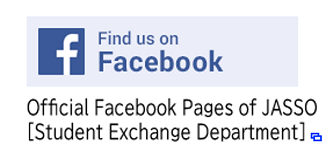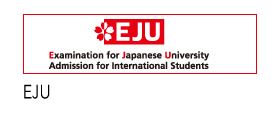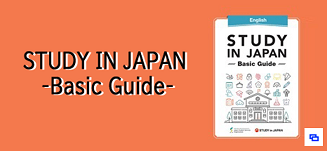Purpose of the Examination
This examination is designed for foreign students who plan to study at Japanese universities and colleges. The purpose of this examination is to measure their ability to communicate in the Japanese language that is required for higher education as well as daily life in Japan.
Contents of the Examination
This examination consists of two major parts: production (writing) and comprehension (reading comprehension, listening comprehension, and listening & reading comprehension).
Description of each Section
1. Reading comprehension, listening comprehension, and listening & reading comprehension
The questions set for the reading comprehension are mainly written texts, and some visual information (graph, chart, list, etc.) may be presented. The questions set for the listening comprehension use only sounds, and the listening & reading comprehension use sounds and visual information (graph, chart, and textual information).
(1) Abilities tested
In the sections of reading comprehension, listening comprehension, and listening & reading comprehension, the examination will assess the abilities to understand information in written or spoken text, to comprehend relationships between information, and to infer a logically valid interpretation. The examination include following questions.
(i) Ability to understand details and the main idea of the text
This type of question will require the abilities to understand information explicitly expressed in the text. For example, the following abilities will be tested.
·Understand details of the text.
·Understand main ideas of the text.
(ii) Ability to comprehend relationships between information
This type of question will require the abilities to comprehend the relationships between information expressed in the text. For example, the following abilities will be tested.
·Distinguish an important part of the text from the rest.
·Recognize relationships between the information.
·Compare or contrast information expressed in various forms such as sound, text, graphic, etc.
(iii) Ability to utilize information
This type of question will require the abilities to utilize comprehended information in order to infer a logically valid interpretation. For example, the following abilities will be tested.
·Draw a conclusion using information given in the text.
·Generalize cases given in the text.
·Apply general explanation/ideas to particular cases.
·Infer a valid interpretation complementarily combining the information given in various forms, such as sound, text or graphic, etc.
(2) Written and spoken texts used
The abilities listed in (1) will be examined based on written or spoken texts that need to be understood on the occasion of studying and campus life. Examples of written or spoken texts are as follows.
Reading comprehension
·Explanatory text
·Editorial text
·Practical document/text (regarding studying, campus life, etc.), and others
Listening comprehension, listening & reading comprehension
·Lecture or speech
·Presentation and discussion regarding exercise or survey
·Consultation, instruction and advice about study and life
·Practical conversation, and others
2. Writing
(1) Abilities tested
In the area of writing, the examination will evaluate the ability to follow the instructions and to write one’s own ideas with convincing reasons. For example, the following abilities will be evaluated.
· Understand what is required in a given task and present an argument or conclusion based on what is understood.
·Present appropriate and effective evidence or examples that support the argument or conclusion.
·Review the argument or conclusion from multiple perspectives.
·Organize an essay by arranging an argument or conclusion, and its supporting evidence or example appropriately and effectively.
·Use appropriate sentence structure, vocabulary, expressions, etc. to write a dissertation in a place of higher education.
(2) Tasks required
· To argue about one or several suggested concepts.
· To explain the current status of a specific issue, and to predict its outcome or to find a solution.








